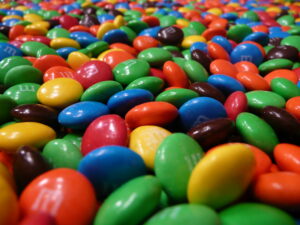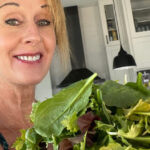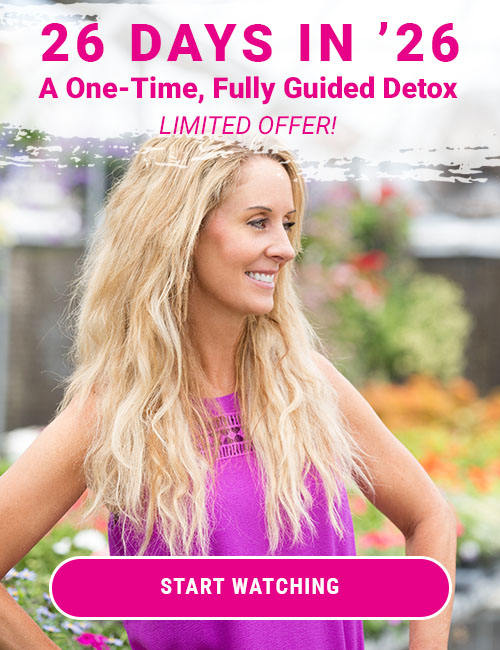Food Dyes Rebranded: The Cover-Up Names You Need to Know

Podcast: Play in new window
Subscribe: Spotify | RSS | More
If you care about your health, here’s something you should know:
Probably due to so much bad publicity, food dyes have been rebranded.
At the bottom of this blog post is a list of common artificial food dyes, along with the different names they go by. The “E numbers” are the European food additive numbers.
These are all common, existing artificial food dyes. The same ones that have been linked to ADHD, childhood disorders, and behavioral problems.
This is what I call putting lipstick on a pig.
Food Dyes Are Being Given Names That Make You Believe They’re Natural

We’re being lulled into complacency about these toxic dyes by being made to focus on pretty-sounding colors.
What I don’t like here and want to point out is that these food dyes are being given names that make you falsely believe that there’s something natural about them.
Curcumin, Caramel, Beta Carotene, and Annatto – these words give the impression that they are natural, or at least food, rather than synthetic dyes and toxic.
“Allura?” I guess we’re supposed to see that as alluring?
“Brilliant blue” and “Indigo”– we’re being lulled into complacency about these toxic dyes by being made to focus on pretty-sounding colors.
But these are the same synthetic dyes with new names.
The Better Choice for Your Health: Choose Colorful Whole Foods
Let me take this opportunity to advocate for eating as many greens, vegetables, fruits, legumes, organic, non-hybridized whole grains, nuts, and seeds as possible.
There are a thousand ways to make those come together deliciously, and learning how to do that radically improved my life.
I teach people exactly how I made the changeover from the Standard American Diet to a whole-foods diet half my life ago – and in doing that, I recovered my health, my mental health, and my children’s health.
Here’s the free class about how I changed my family’s diet and got our health back.
There are so many fad diets. Keto, carnivore, paleo, and coffee and butter.
They’re big business, so we’ll always have the fad diets.
What I teach is the more expansive diet, supported by a body of evidence – tens of thousands of studies – the diet that the longest-living, disease-minimized people on Earth eat.
We can even help you grow your own super nutritious whole foods indoors.
My “Farmstand” has been invaluable in growing my food right next to the kitchen, without dirt or working on my knees in the heat.
So check out my free class on eliminating toxic food dyes from your diet in favor of healthy whole foods.
The food industry keeps getting more clever, but simple foods we make are naturally free of dyes – and delicious, too!
New Food Dye Names to Avoid
Here’s the newly renamed list of food dyes to avoid:
Common Artificial Food Dyes:
Tartrazine
- Other Names: Yellow 5, E102
Sunset Yellow FCF
- Other Names: Yellow 6, E110
Carmoisine
- Other Names: E122, Acid Red 18
Allura Red AC
- Other Names: Red 40, E129
Brilliant Blue FCF
- Other Names: Blue 1, E133
Indigotine
- Other Names: Indigo Carmine, Blue 2, E132
Erythrosine
- Other Names: Red 3, E127
Quinoline Yellow
- Other Names: E104
Fast Green FCF
- Other Names: Green 3, E143
Curcumin
- Other Names: E100
Caramel Color
- Other Names: E150a, E150b, E150c, E150d (various types)
Beta-Carotene
- Other Names: E160a
Annatto
- Other Names: E160b (and its various forms)
Read Next: MSG Almost Killed Me: It Goes by New Names Now
If you'd like to see this article in video form, here it is:

Disclosure: This post may contain affiliate links that help support the GSG mission without costing you extra. I recommend only companies and products that I use myself.

Image Notes
- M&Ms image used under an Attribution-NonCommercial-ShareAlike license via Flickr user Vern Hart
Posted in: Detox, Health Concerns, Preventive Care, Whole Food
















